0+ Positive Emptiness. MEDIOMUNDO Arquitectos
Marta Pelegrín Rodríguez and Fernando Pérez Blanco present their research and solutions for the urban obsolescence problem. To see the complete document please address the following link. This work is a continuation of a project created at an architectural workshop within the Foro barriadas, nuevos centros urbanos, organized by the Consejería de Vivienda y Ordenación del Territorio de la Junta de Andalucía (Department of Housing and Planning at the Junta de Andalucía) in 2006. At that occasion MEDIOMUNDO Arquitectos collaborated with Kauh Arquitectos (Juan Antonio Sánchez Muñoz and Vincent Morales Garoffolo), Fabio Orizia Pérez and Elías Pérez Lema. In 2011 Catherine Duncalfe and Philip Etchells joined the team.
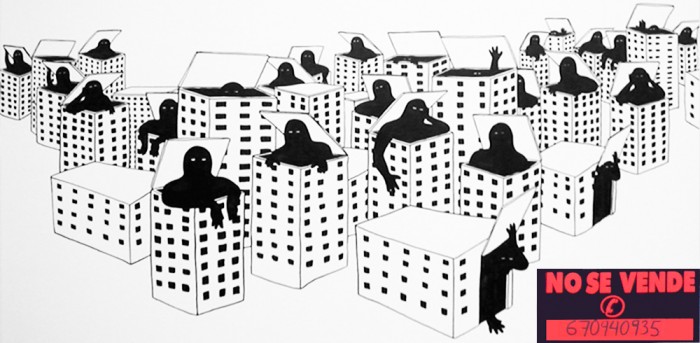
Spain has a higher percentage of empty housing than any other country in the European Union. A quarter of these are located in Andalusia where they make up between 15 – 18 % of all housing in the region. Several initiatives have attempted to ameliorae the problem to little effect.
From 2006 we incorporated into the debate the need to reflect on and work with these empty spaces. In order to do so we began with the premise that this positive emptiness is not simply a symptom of exclusion, poor quality construction and speculation. We assigned them a potentially positive value as models, typologies and especially as possible sources of architectural revival.
To help solve the housing problem we proposed pinpointing and presenting these empty spaces as a way to potentially fulfil the demands and needs of their surroundings by rethinking their purpose.
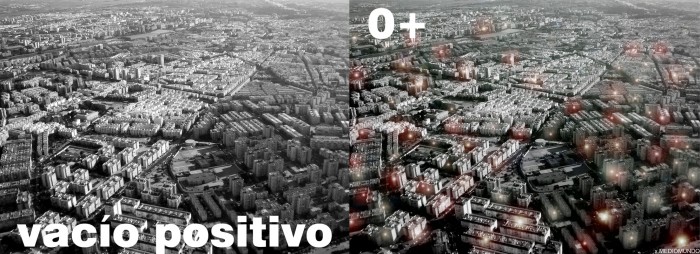
Within this framework we asked whether, due to the high (and rising) number of empty dwellings in Andalusia, architectural projects could be devised to utilize these millions of metres of empty space for energetic, environmental, infrastructural and residential needs within their urban surroundings.
We proposed a comprehensive and participative management of the empty housing, which we term positive emptiness (0+), to be incorporated into the current system of residential, environmental, energetic and infrastructural resources with in the neighbourhoods to which they form a part. In this way they could hopefully fulfil the requirements of the local population either temporarily or permanently.
The aim is to think of new formulas for utilizing the latent disparate constallation of built spaces in order that they be distributed throughout the different neighbourhoods to which they pertain in an integrated, connected and qualified manner.
Noone doubts the enormous importance of the definition and use of collective and communal spaces to ameliorate quality of life, generate social fabric and promote citizenship. In this project we will not only attempt to highlight the importance of self-management in the creation of collective identity and citizenship, but also within architecture itself we will analise its importance and occurance within urban and architectural proposals.
In this way we will open up a debate and express new ideas in order to establish self-managed collective spaces within Andalusia that encourage integration alongside both social and environmental sustainability in future housing developments.
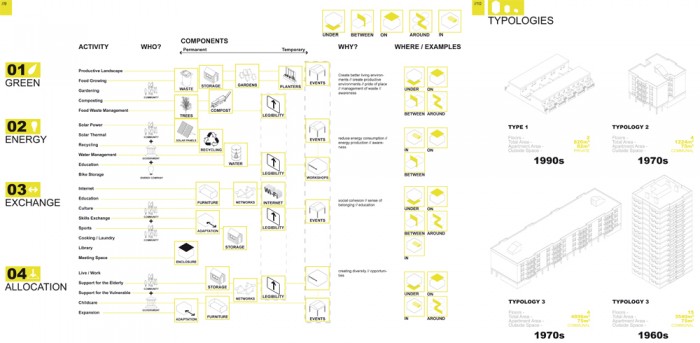
The 0+ proposal focuses on the theoretical reflection and practical exploration of examples of empty housing within Andalusian cities. This mechanism for the temporary use of empty housing for neighbourhood necesities could also be extended to new future housing developments that will not presumably be occupied immediately.
The project will also analyse the accessibility of housing defined as 0+ (positive emptiness), alongside their connections with the surroundings and other public facilities, infrastructure, their orientation and internal characteristics including reversability or architectural typology.
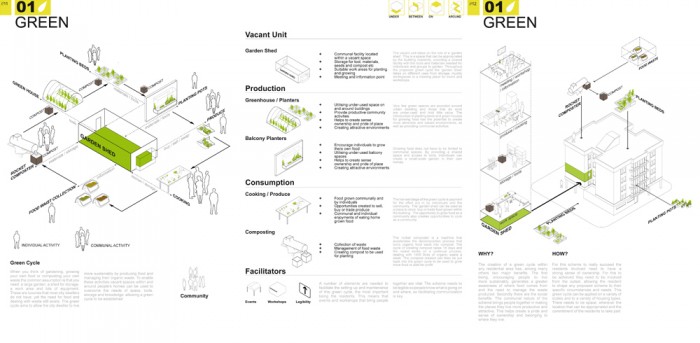
By sourcing programmes with potential needs and requirements using a participative process in conjunction with owners and tennants, this project proposes to reformulate forms of occupation of housing. For example, instate intervention programmes in these spaces in order that they be used not only as rental accommodation and as extentions of nearby housing, but also as administrative offices, educational and cultural centres, office space and welfare offices each with different time scales and forms of organization. Each of these could be desctibed as types of “light” occupation or low intensity transformations.
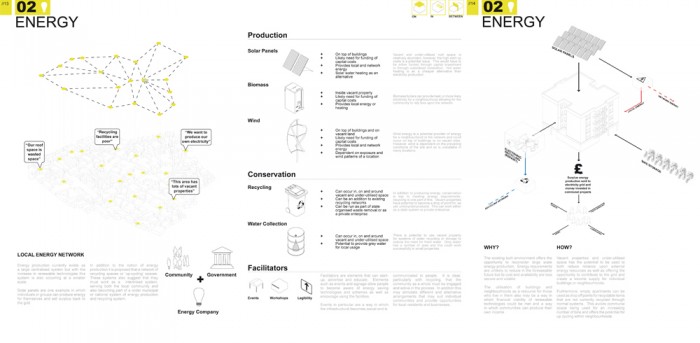
Alongside the identification of spaces as positive emptiness, the objective is to put in place a process that can function alongside existing ways of occupancy as well as generate a stimulating urban environment able to compliment and connect housing to its urban context and utilize existing spaces to fullfull the needs of the neighbourhood. This process hopes to find ways to put into action the basic right of citizens to form part of a collective and collectively decide their own needs and requirements, by facilitating the use of positive emptiness to these ends.
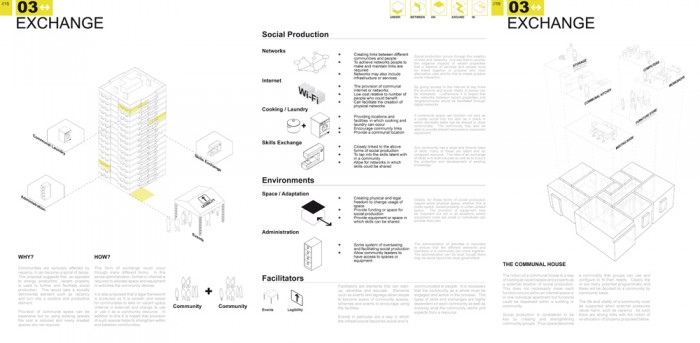
The project proposes ways of management and occupation, takes into consideration possible public uses and should not ignore the needs of the buildings or neighbourhood in which these empty spaces are located. We highlight the importance of self-management in the creation of collective identity and citizenship in the hope that this reopens the debate about putting in place self-managed collective spaces that foster integration and social ecology, as well as environmental sustainability in future housing projects.
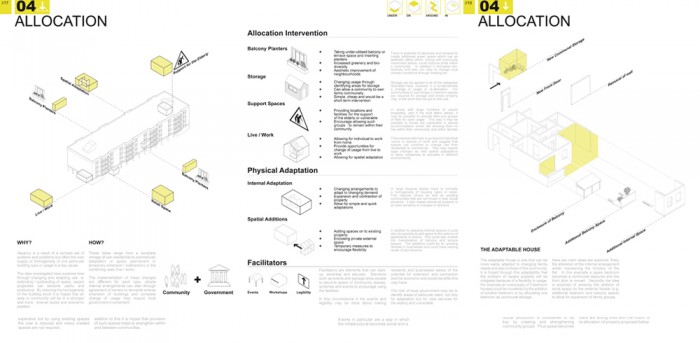
The spaces identified as 0+ positive emptiness could potentially become a constellation of intermediate, open and living spaces that form part of a network of culturally representative areas: locations that demonstrate the intelligent city. In other words, by paraphrasing the definition of intelligence, spaces that permit stimulation, amplification and integration of the values of the city with those of both collective and individual citizens.
MEDIOMUNDO arquitectos: Marta Pelegrín Rodríguez y Fernando Pérez Blanco.
21 February, 2012 · Published in publications
You may want to leave your comment. Currently not allowed to Pings.
Write a comment
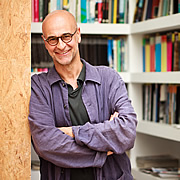
Professional photographer since 1981, specializes in photography of architecture and infrastructure from 1987. My stories recorded works of great interest and uniqueness, documenting its construction and final state. My studio is developing a high quality work in editing analog and digital images. This material, exceeding seven thousand reports, is consulted regularly by publishers around the world, being published monthly in books and magazines and foreign.
Contact
C / Brazil 22, Under.
41013 Sevilla. Spain
Tel.: +34 954 61 47 23
www.fernandoalda.com
fernandoalda@fernandoalda.com
Ver la web
Pages
Categories
- architecture photographer (16)
- architecture photography (26)
- Architecture (32)
- exhibitions (12)
- Photography (22)
- architectural photography (44)
- architectural photographer (28)
- architectural photographer (30)
- news (38)
- work in progress (6)
- awards (22)
- publications (24)
- new reports (14)
- Uncategorized (8)
-
File
- September 2019
- May 2019
- March 2019
- December 2018
- November 2018
- October 2018
- September 2018
- August 2018
- July 2018
- June 2018
- April 2017
- March 2017
- December 2016
- October 2016
- June 2016
- May 2016
- April 2016
- March 2016
- February 2016
- December 2015
- December 2014
- April 2014
- November 2013
- October 2013
- August 2013
- December 2012
- November 2012
- October 2012
- May 2012
- February 2012
- January 2012
- December 2011
- November 2011
- October 2011
- September 2011
- August 2011
- July 2011
- June 2011
- May 2011
- April 2011
Links
- Archello
- Archilovers
- architect magazine
- living architecture
- bauwelt
- blog de stepien y barno
- Casabella
- the shooter to the city
- detail
- dezeen
- intrior design
- europaconcorsi
- fernando alda – architectural photography
- frame
- interior design
- internal
- Judith bellostes
- metalocus
- on design
- architecture platform
- scalae
- uruk magazine
- wallpaper
© 2010 Alda Fernando SL Photography. (all rights reserved) · Syndication (RSS).
The Blog Fernando Alda works
WordPress custom-designed by e-xisto.com.
